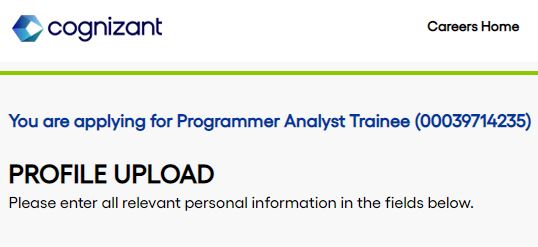What Is Manual Testing?
Manual testing is a type of software testing in which testers manually execute tests to identify defects, issues, or bugs in a software application. It involves the use of human judgment, observation, and expertise to validate and verify the functionality, performance, and usability of a software product or system.
frequently ask Manual Software Testing Interview Questions & Answers PDF
Use Mobile Desktop Version to view Full PDF
Automation Interview Questions & Answers PDF 2023
Manual testing typically involves the following steps 2023 latest.
Test Planning: Testers define the scope, objectives, and test strategy for the software application to be tested. They identify the test requirements, create test plans, and outline the test objectives.
Test Design: Testers create test cases based on the test plan, which includes defining the input data, expected output, and the steps to be followed for executing the test. Testers may also create test data and test environments as needed.
Test Execution: Testers manually execute the test cases according to the test plan. They carefully observe the application's behaviour, input appropriate test data, and validate the results against expected outcomes. Defects or issues found during testing are documented and reported.
Defect Reporting and Tracking: Testers log defects into a defect tracking system, including details such as the steps to reproduce the issue, severity, and priority. They may work with developers and other stakeholders to resolve the issues.
Test Closure: Once testing is complete, testers evaluate the test results and prepare test closure reports. They may also provide feedback on the quality of the software application and suggest improvements for future releases.
👉 Type of Software Testing ?
Unit Testing: This is the process of testing individual code modules or functions in isolation from the rest of the system to ensure that they work as intended.
Integration Testing: This type of testing is performed to ensure that the different modules or components of the system work together as expected.
System Testing: This is a type of testing that involves testing the entire system, including its interfaces with other systems, to ensure that it meets the specified requirements.
Acceptance Testing: This type of testing is performed to ensure that the system meets the customer's requirements and is ready for deployment.
Regression Testing: This is the process of retesting a system after changes have been made to ensure that the changes did not introduce new bugs or issues.
Performance Testing: This type of testing is performed to assess the performance of a system under varying load conditions.
Security Testing: This type of testing is performed to identify vulnerabilities in the system and ensure that it is secure from unauthorized access.
Usability Testing: This is the process of testing a system to ensure that it is easy to use and meets the needs of the intended users.
Exploratory Testing: This is a type of testing where the tester explores the system without a specific plan or script to identify potential issues.
How to get job in Manual Testing?
Learn the basics of software testing: Start by understanding the fundamentals of software testing. Learn about different types of testing, test planning, test cases, bug tracking, and reporting. Gain knowledge of testing tools: Familiarize yourself with commonly used testing tools such as JIRA, Bugzilla, TestLink, and Selenium.
Practice testing: Start practicing your testing skills. You can do this by testing open source projects, creating your own projects, or finding testing challenges online.
Get certified: Consider getting certified in manual testing. Certifications can help you stand out from other applicants and show potential employers that you have a certain level of expertise.
Build a portfolio: Create a portfolio that showcases your testing skills and experience. This can include screenshots of your work, test plans, test cases, and bug reports.
Apply for jobs: Start applying for manual testing jobs. Look for job openings on job search websites, company websites, and social media platforms.
Network: Attend testing conferences and meetups, join online testing communities, and connect with other testers on social media. This can help you learn more about the industry and potentially open doors for job opportunities.






